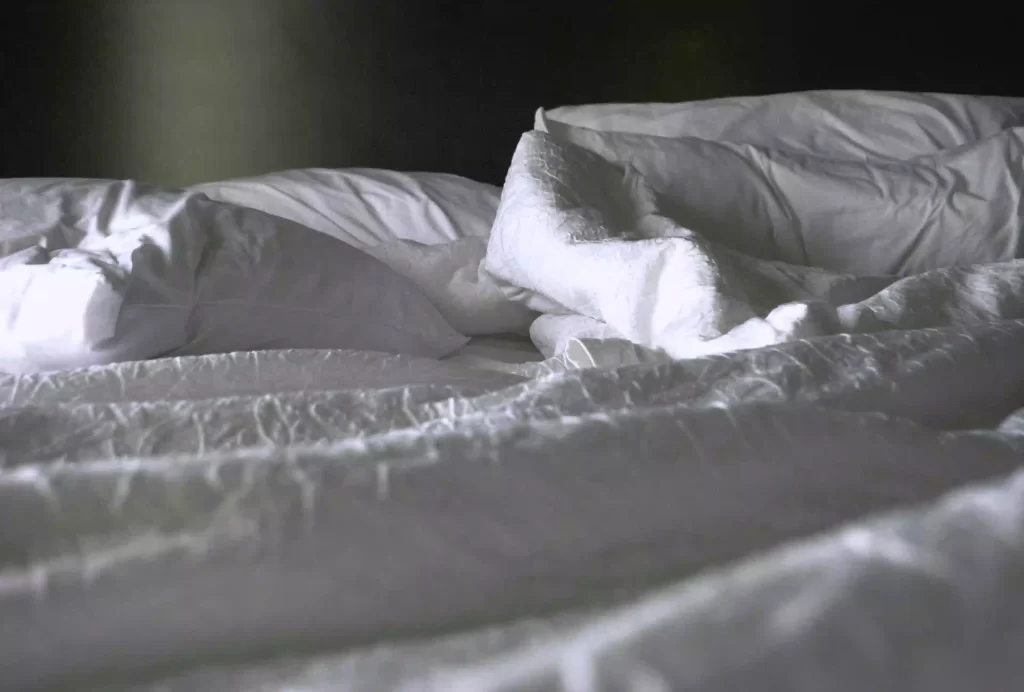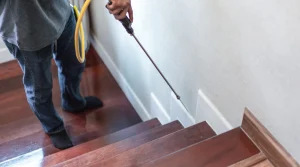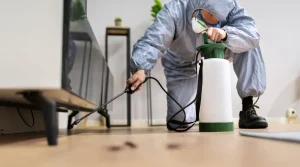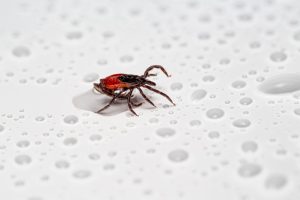Bed bugs are tiny bugs that come out at night, bite us, and make us itchy and unable to sleep. They’ve been bothering people for a long time, but luckily, experts called exterminators to know how to eliminate them. Let’s learn how Poway Pest Control experts deal with these pesky bugs. Understanding the Enemy
Before jumping into the battle against bed bugs, it’s crucial to understand your adversary. Small, reddish-brown insects and bed bugs feed on both human and animal blood. They hide in cracks, crevices, and furniture during the day, emerging at night to feed on their unsuspecting hosts. This behavior makes them challenging to detect and eradicate without professional assistance.
The Extermination Process
Inspection: A comprehensive examination is the initial stage in any bed bug extermination process. Experienced exterminators carefully examine the infested areas, looking for indications of bed bugs, such as shed exoskeletons, fecal stains, and minor, reddish-brown bugs. This examination aids in determining the scope of the infestation and informs the development of a targeted treatment plan.
Identification: There are many different types of bed bugs, and the treatment for each can vary. Identifying the species of bed bugs involved is crucial for effective treatment. Expert exterminators use their knowledge and specialized tools to accurately identify the specific bed bug species infesting a home and treat them accordingly.
Heat Treatment: Among the most successful techniques for eliminating bed bugs is heat treatment. Utilizing specialized tools, exterminators elevate the temperature in contaminated locations to a level lethal to bed bugs. This method penetrates hiding places that might be difficult to reach with traditional pesticides, ensuring a more complete treatment.
Chemical Treatments: Exterminators might use different kinds of bug-killing chemicals. They put these chemicals where bed bugs hide, like cracks and seams in mattresses. Using the appropriate products is crucial to guarantee they are safe and work well against bed bugs.
Steam Treatment: High-temperature steam is another weapon in the bed bug exterminator’s arsenal. Like heat treatment, steam treatment is effective for treating infested fabrics, furniture, and other items that cannot withstand high heat. The heat generated by steam penetrates materials, killing bed bugs and their eggs.
Mattress and Furniture Encasements: Exterminators might suggest putting unique covers on mattresses and furniture to catch bed bugs and stop them from getting out or biting. They often do this, along with other treatments, to make sure they work better.
Follow-Up Inspections: Bed bug extermination doesn’t end with the first treatment. Experienced exterminators schedule follow-up inspections to ensure the infestation has been successfully eradicated. This proactive approach helps catch any potential resurgence early on.
Eliminating bed bugs can be a challenge. Experts who know a lot and have the right tools can help you eliminate them and make your home comfortable again. If you think you have bed bugs, don’t wait to get help from a licensed pest control professional. They plan to eliminate bed bugs and give you peace of mind and a good night’s sleep.
How to Avoid Including Bed Bugs in Your Summertime Plans
Since many Americans travel a lot this spring, more bed bugs might be around. National Bed Bug Awareness Week starts on Sunday, June 4th. Poway CA, which helps with pests like mosquitoes, termites, and rodents, wants to help you keep bed bugs away during your summer trips and when you return home.
Here are some precautions you may take to keep yourself and your family safe:
- Before embarking on your vacation, it’s advisable to peruse travel websites to ascertain whether any reports regarding bed bugs at your chosen hotel have surfaced.
- Upon arrival and before unpacking, thoroughly inspect the entire room or rooms for signs of bed bugs. Check beneath light fixtures, behind the headboard, and within dressers, drawers, sofas, and chairs.
- Remove the bedding covers and scrutinize the mattress seams and box springs for pepper-like stains, patches, or cast-off bed bug skins, paying close attention to corners where they tend to congregate.
- Bed bugs can spread rapidly through housekeeping carts, luggage, and electrical outlets. In infestation cases, the initial spread often emanates from rooms near the source.
- Only unpack the daily clothing required and avoid placing belongings directly on the floor. Instead, consider utilizing the bathtub or a tiled surface, as these areas are less likely to harbor bed bugs.
- Upon returning home, thoroughly inspect your belongings, including your attire, for any signs of bed bugs.
- When unpacking your luggage, do so outdoors or in a garage, then launder or dry all items for a minimum of ten minutes at the maximum temperature.
Bed Bug Facts
Here are some fantastic bed bug facts to impress your friends at your next quiz night—or perhaps insult them. It’s surprising how much information there is about bed bugs:
Here’s a revised version:
- Bed bugs, believed to have been introduced to the United States from Europe during the 17th century, are widespread across the globe.
- Although primarily feeding on humans, bed bugs may also target birds, mice, and household pets.
- Adult bed bugs typically measure around a quarter-inch in length and feature a flat, oval-shaped body, which sets them apart from most other insects.
- A female bed bug may deposit up to 500 eggs throughout her life. Producing one to five eggs per day.
- Remarkably resilient, bed bugs can survive for months without a blood meal, enduring temperatures ranging from near-freezing to 122 degrees Fahrenheit.
- After feeding for approximately five minutes, bed bugs return to their hiding spots to digest the blood.
- Even as hatchlings, bed bugs are minor enough to fit through tiny mattress stitching holes.
- Bed bugs possess an extraordinary capacity to consume blood, capable of ingesting up to seven times their body weight, analogous to a large man drinking 120 liters of water.
- Bed bugs’ saliva contains anesthetic compounds, facilitating painless feeding by increasing blood flow at the bite site, enabling the insect to feed swiftly and without disturbing the host.
Poway Pest Control Company Provides Bed Bug Solutions
A proficient pest specialist initiates an effective bed bug treatment protocol by comprehensively assessing all known and suspected harborage areas. Attempting to resolve this issue independently is not recommended.
Should you suspect a bed bug infestation in your home, we encourage you to contact us at (619) 333-8975 or visit our website. As California’s trusted and approachable bed bug and pest treatment expert, we offer professional evaluations, accurate diagnoses, and customized multi-tiered control and prevention programs tailored to your needs.
Poway Pest Control Company is grateful for your collaboration in safeguarding your home and yard against pests until our subsequent encounter.”







